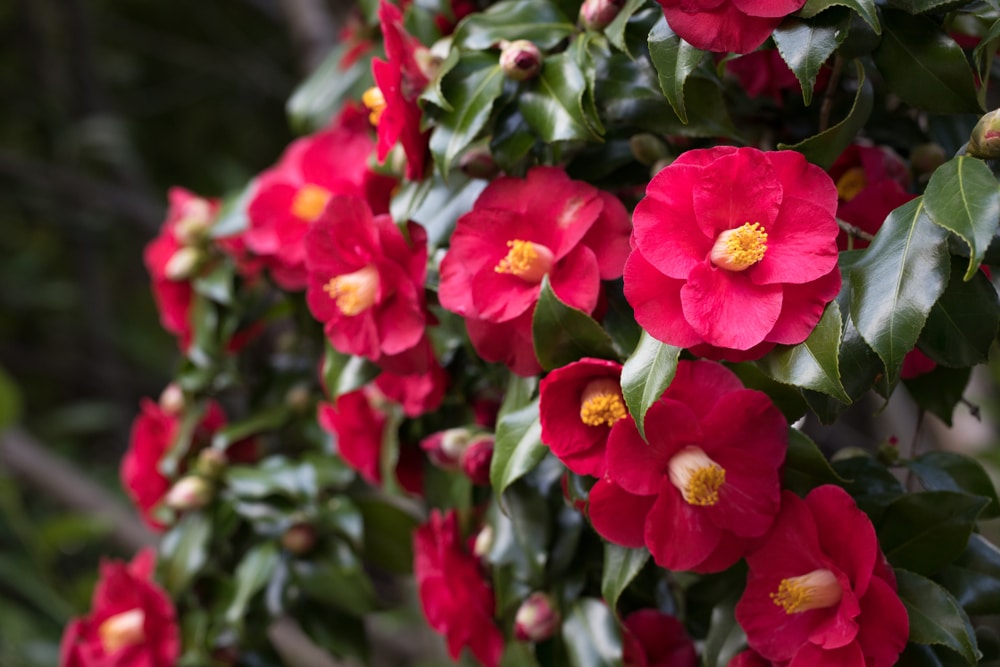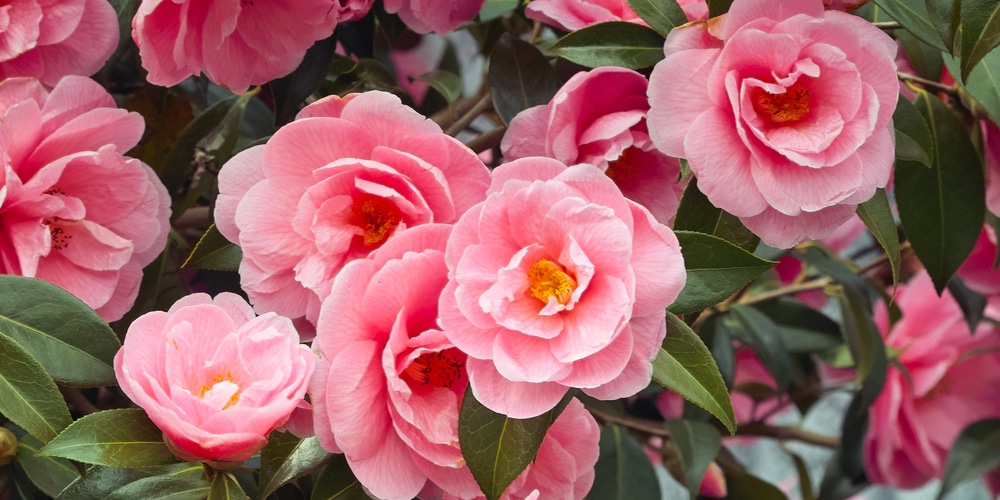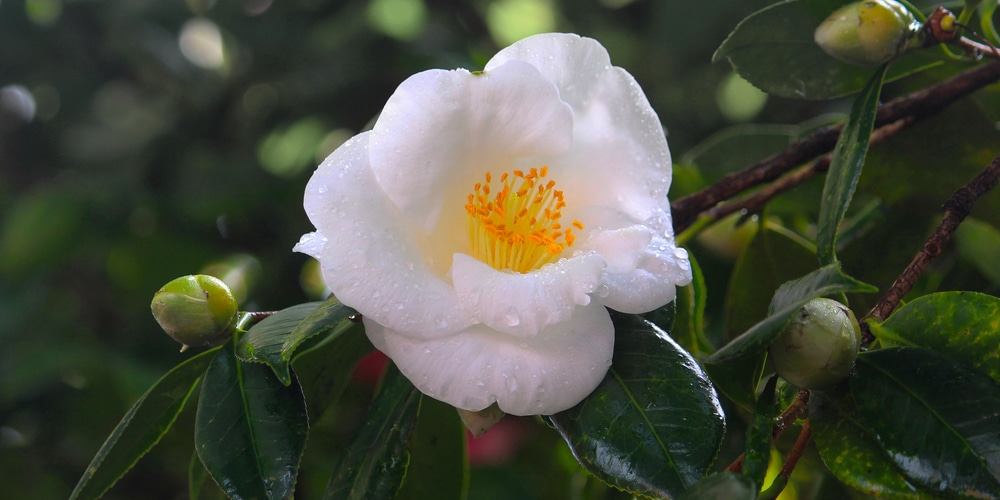Camellia (Camellia) tends to be an evergreen shrub. Sometimes, a small tree, as in the case of C. reticulata, which is a variety that comes from China. These flowering plants do well in woodland conditions. Above all, camellias like acid soil and can withstand the cold to aC degree.
Is camellia zone 7 friendly? Like rhododendrons, most camellias are a bit more forgiving than other species. So you can grow them in zones 6-9. But some hybrids and cultivars may not survive. For example, the Camellia sasanqua Appleblossom is only hardy to zone 8.
Cold-hardy Camellia: Zone 7 And Low Temperatures

Camellias prefer to be grown among other trees and shrubs. Here, the plant receives better protection against the elements and animals and can grow up to 600 years and more.
Cold-hardy varieties like the Camellia japonica start their long flowering period as early as October. In any case, well before Christmas. And they will flower all throughout February, March, and April. And sometimes, even May.
These flowering plants need a wintry environment for optimal growth. So, if you live in zone 8 or 9, consider misting the plants often to lower their temperature, especially during the hottest hours of the day. Above all, these plants need regular watering during winter. So, give them a drink if it does not rain for a week straight.
Cuttings And Planting Dates

One can propagate camellias either via cuttings or seeds.
To create clones, the best time to cut the plant is right after the flowers blossom in spring. If you prune them too late in the summer, you might be cutting off next year’s flowers as well. Luckily, the camellias are fast growers. So, they do not mind a cut here and there up until early winter.
If you want to collect the seeds, keep an eye on the plant during November. You will find several bulbous seed heads that contain many seeds. Every seed will generate a hybrid that will probably look different than the mother plant. First, the seed pods look green. Then, brownish-red. They begin cracking open when ready to drop the seeds. But you can also pick the ripe red ones.
You can tell the fruits are ripe because they break off easily to the touch. If you want to store the seeds for later use, put them in a chill, damp-free, dry environment. The pods will split open on their own. The best time for planting the stored seeds would be in March when they will germinate quite quickly.
What About Tea? C. Sinensis Cultivars
All teabags contain Camellia Sinensis leaves. And the good news is that this species grows well in zones 7a and 7b. To the point that new tea plantations have been popping in Mississippi since 2019.
Screening tea cultivars is both an art and a science. Plus, tea quality depends on factors like the number of catechins and polyphenols. And the amount of theanine and caffeine. So, even in the right conditions, testing is necessary.
Both the flavor and caffeine content depend on how you process, store, and brew the leaves. This is why a single plant can give rise to different types of tea like black tea, green tea, oolong tea. The leaves are the same. But what happens after you harvest them will have a profound impact on the final product.
Some of the most adaptive cultivars of camellia zone 7 varieties are:
- Assam (assamica)
- Black Sea
- Chia Tsao
- Dave’s Fave
- Fairhope Select
- Large Leaf
- Silver Dust
- Sochi
- Yellow Tea
How To Grow And Care For A Camellia (Zone 7 Edition)
It is highly recommendable you germinate your seeds indoors if you want to plant a new camellia in zone 7. Later in spring, you can bring the plant outside and place it either in part shade or full sun. This plant wants moist, possibly acid (pH 5 to 6.5), well-drained soil.
If you do not have much space in your backyard, opt for a dwarf camellia like the C. sasanqua. All in all, they are still cold-hardy varieties that make relatively big flowers. But they are easier to manage. Instead, remove any damaged limbs from the bigger plants as soon as possible to keep good ventilation. The abundance of moisture can indeed cause fungal disease issues like petal blight.
Related Article: Can You Water Plants with Tea
